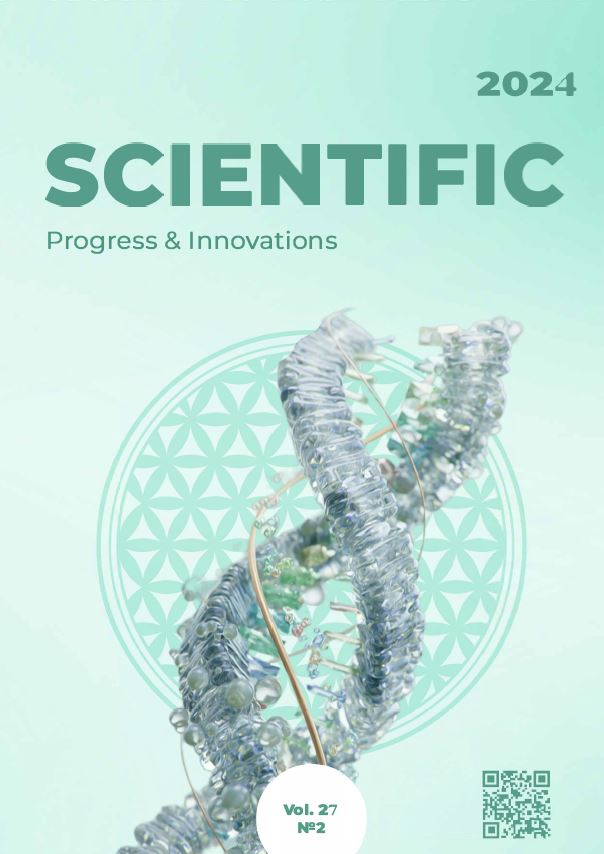Forensic veterinary examination of dog and cat corpses in cases of strangulation by hands
DOI:
https://doi.org/10.31210/spi2024.27.02.15Keywords:
forensic veterinary examination, dogs, cats, strangulation by hands, mechanical asphyxiaAbstract
The article provides theoretical information on the death of animals, in particular, dogs and cats, as a result of strangulation by human hands, an overview of the causes and circumstances under which such events occur. The problems of forensic veterinary examination of the corpses of dogs and cats that died as a result of strangulation by hands are considered. In forensic veterinary practice, such cases are quite rare, but they do occur. Strangulation with hands is carried out by the perpetrator's hands covering the victim's neck and squeezing it in a concentric direction until the victim stops breathing. Asphyxiation due to strangulation by hands is a subtype of mechanical asphyxiation due to compression of the neck from the outside, i.e. strangulation asphyxiation. Most often, such cases occur with dogs and cats and are a manifestation of animal cruelty, in particular in the context of domestic violence, when animals kept in human homes become the object of human aggression. Such acts constitute an offense for which the perpetrators are subject to criminal liability under Ukrainian law. In this paper, in addition to theoretical issues, 2 cases of forensic examinations of the corpses of pets that were strangled by hands are considered. The forensic veterinary examinations in the cases under consideration were performed at the NUBiP of Ukraine, Kyiv. In one of the cases, the victim was a cat, and in the other, a dog. The forensic veterinary examination was carried out by performing a forensic autopsy with subsequent description, photographing the findings and drawing up a forensic expert's conclusions based on the results. It was established that according to the results of pathological and anatomical examination, hemorrhages in the neck were observed in 2 animals (100 % of the total number of examined corpses), hemorrhages in the lungs in 2 animals (100 %), damage to the larynx and bleeding into the airways in 1 animal (50 %); conjunctival hemorrhages in 1 animal (50 %), injuries not directly related to strangulation in 1 animal (50 %). It should be emphasized that in both cases, no exsanguinations due to compression of the neck tissue by the hands of the perpetrators were found. This can be explained by the fact that in both cases the corpses were delivered approximately on the third day after death and the tissues were impregnated with cadaveric transudate. The article shows what signs and circumstances a forensic veterinary expert should pay attention to when examining animal corpses, in particular, dogs and cats that died as a result of strangulation by hands.

 Creative Commons Attribution 4.0 International Licens
Creative Commons Attribution 4.0 International Licens